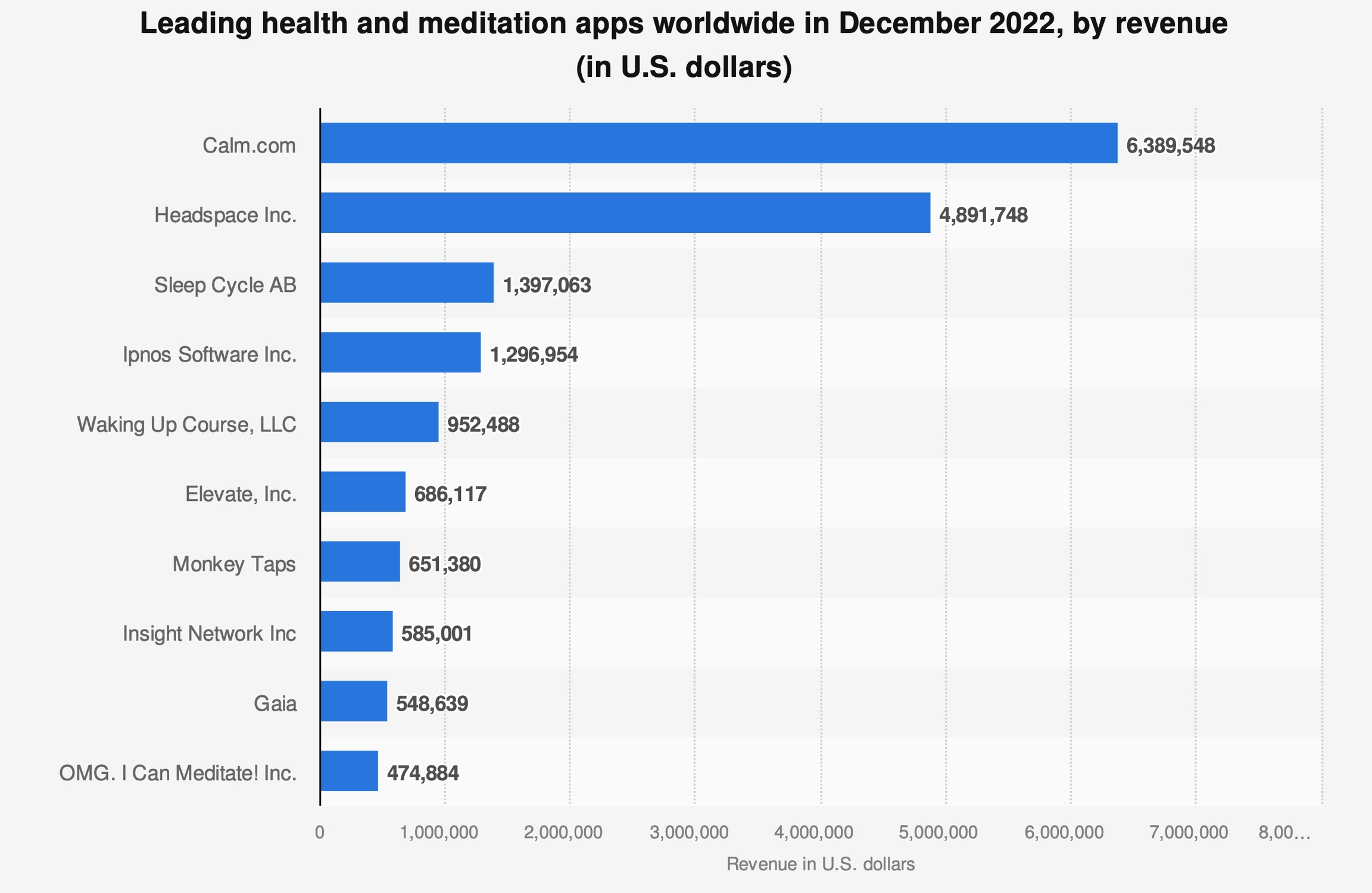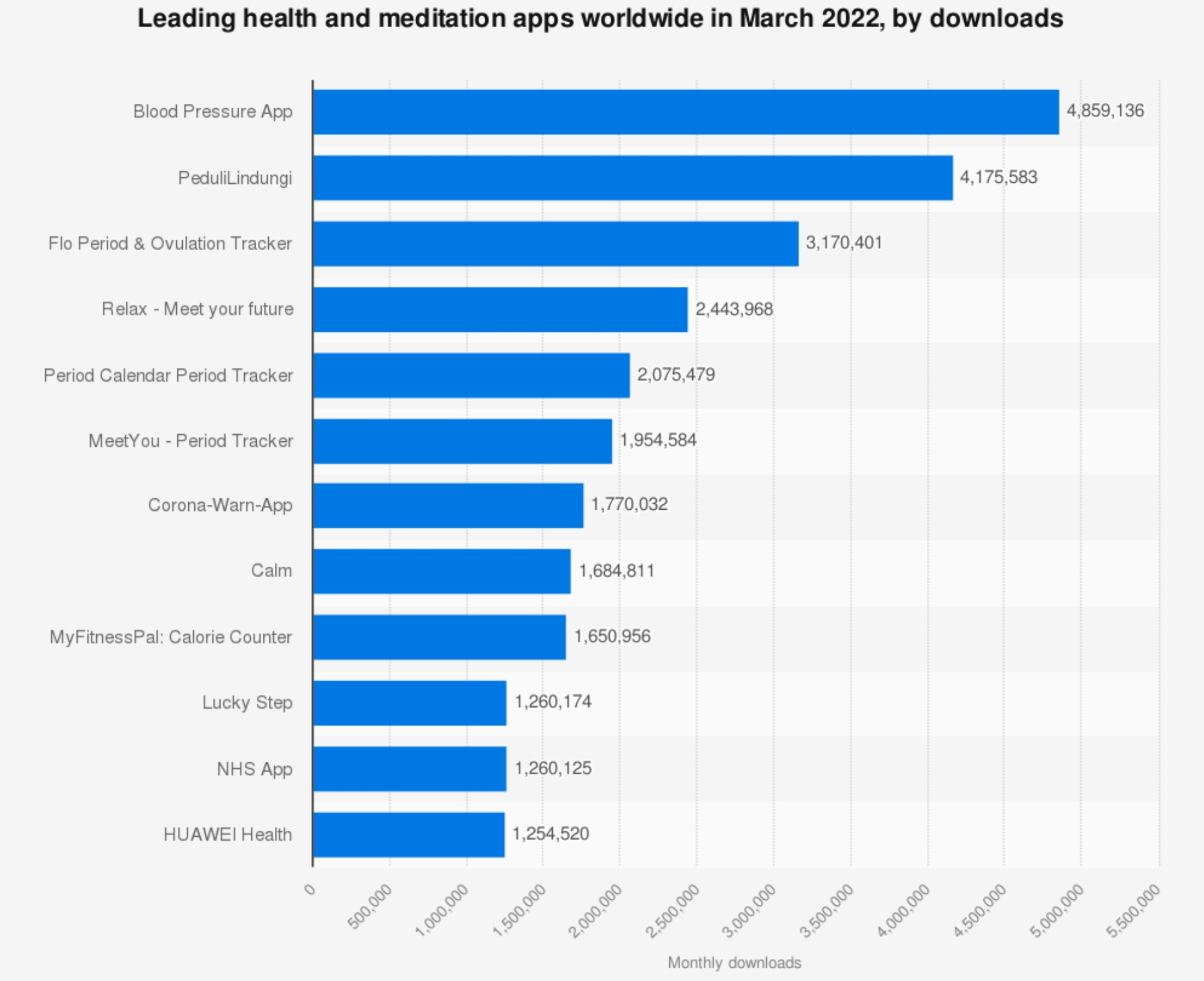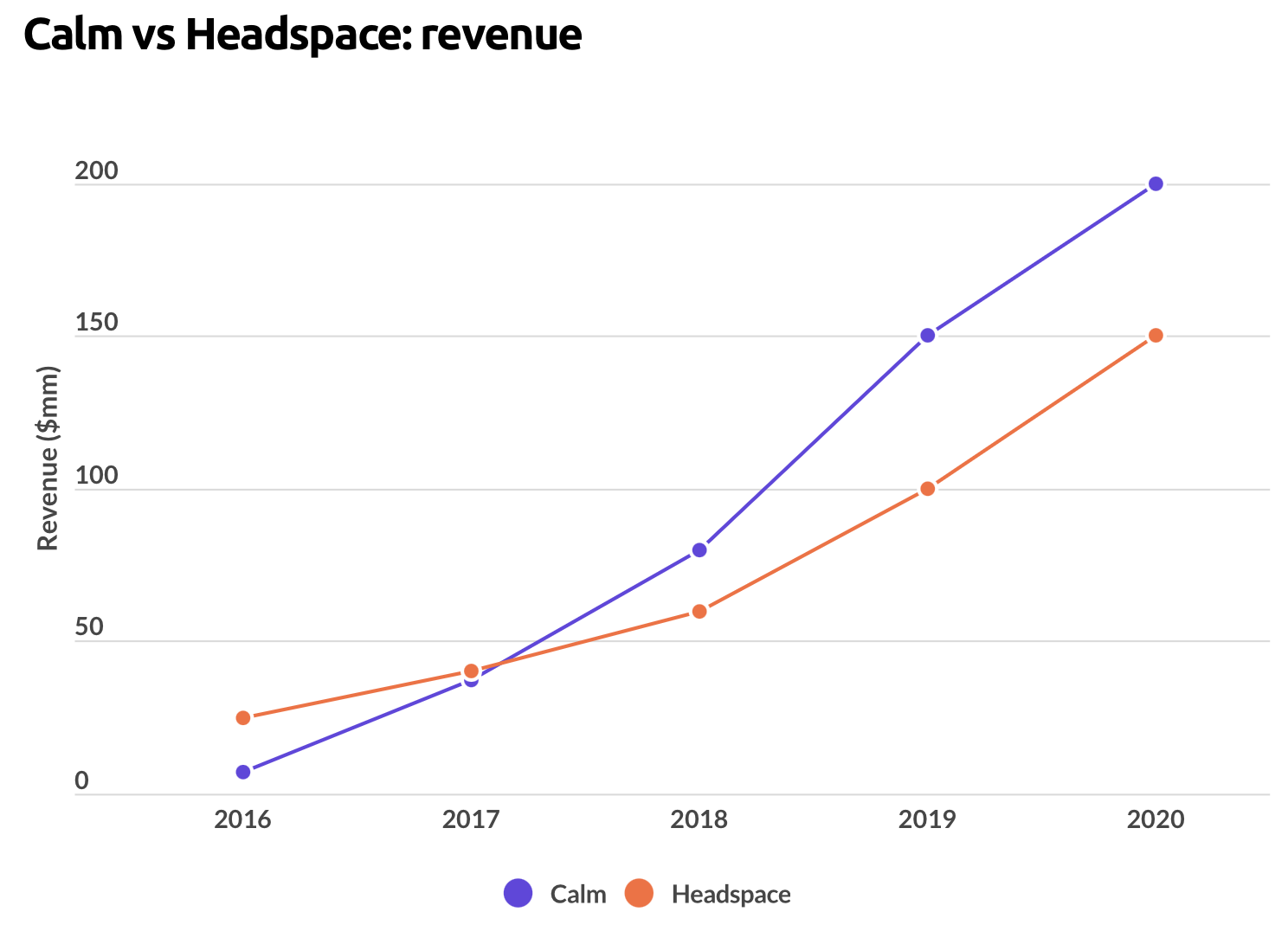😴Sleep App Sector
We plan GoSleep's commercial and marketing strategy accordingly.
The Sleep App sector has seen significant growth in recent years as consumers become more interested in tracking and improving their sleep. The sector is characterized by a large number of apps that offer a wide range of features, from basic sleep tracking to personalized sleep coaching.
There are two main types of Sleep Apps in the market. The first is the free app, which is often simple and basic, offering only basic sleep tracking features. The second type is the paid app, which offers more advanced features such as sleep coaching, personalized recommendations, and access to a community of other users.
The market pattern of the Sleep App sector is highly competitive, with many companies vying for market share. Some of the most successful companies in this sector have focused on building a strong brand and offering unique features that differentiate them from their competitors.
As the demand for Sleep Apps continues to grow, there is an opportunity for companies to focus on specific niche markets, such as people with sleep disorders or athletes who need to optimize their recovery time. This approach can help companies to differentiate themselves in a crowded market and build a loyal user base.
Overall, the Sleep App sector is a dynamic and rapidly growing market that offers significant opportunities for companies that can provide innovative and valuable solutions for improving sleep.
Most Profitable Health Apps
It's no secret that health apps are big business. But which types of health apps are most popular with consumers? To answer that question, we can look at two different metrics: profitability and downloads. When we do, we see a striking difference between the two. The most profitable health apps are sleep apps, while the most downloaded apps are something else entirely. What does this tell us about the market for sleep apps, and why are users willing to pay more for them?
While sleep apps might not have the highest download numbers, they have been consistently ranked as some of the most profitable health apps on the market. This indicates that sleep app users are particularly loyal and willing to pay for quality solutions that can help them get a better night's rest.
In fact, research has shown that sleep app users are more likely to continue using the app over time compared to users of other types of health apps. This suggests that sleep app users are more invested in their sleep health and are more likely to see the value in investing in tools that can help them achieve better sleep.
So while the sleep app market might not have the same level of visibility or hype as some other app categories, it is a highly profitable and engaged market that is driven by a dedicated user base. And this is precisely the type of market that GoSleep is targeting with our innovative and effective sleep solutions.
Stable and Confirmed Valuation
If we look into the top 10 sleep apps, it shows a very clear valuation model in the market:
Public traded companies will lost their valuation under current bullish market presure. But they're very persistant that they don't have cliff declines but market trend behaviours of their stocks.
The market doesn't closed by top players. Although there're 2 (, Calm and Headspace Inc.,) it doesn't limit the growth of other players. The other players are also in high growth with revenue.
Non public traded companies are not in high estimated valuation with a market is shaped by long-term investors not short-term. On the otherside, it shows that high valuation of such apps rely on certain market demand bases.
| App | Revenue | Valuation | Founded |
|---|---|---|---|
Calm.com | $ 6,389,548 | $ 1~10B | 2012 |
Headspace Inc. | $ 4,891,748 | $ 3,000,000,000 | 2010 |
Sleep Cycle AB | $ 1,397,063 | $ 761,332,000 (Mkt Cap) | 2001 |
Ipnos Software Inc. | $ 1,296,954 | private | 2010 |
Waking Up Course, LLC | $ 952,488 | single investor | 2013 |
Elevate, Inc. | $ 686,117 | $ 200,000,000 est. | 2020 |
Monkey Taps | $ 651,380 | $ 200,000,000 est. | 2014 |
Insight Network Inc | $ 585,001 | $ 150,000,000 est. | 2014 |
Gaia | $ 548,639 | $ 65,960,000 est. (Mkt Cap) | 1988 |
OMG. I Can Meditate! Inc. | $ 474,884 | - | 2020 |
Sleep app companies have been attracting significant investor interest in recent years, and their valuations demonstrate the stability and maturity of the sleep app market. As the table shows, leading sleep app companies have achieved impressive valuations, with many securing funding rounds in excess of $50 million. These valuations are a clear indication that investors see the long-term potential in the sleep app market and the value of sleep-related technologies.
The stable and consistent growth of these companies' valuations also demonstrates the predictable nature of the sleep app market. This consistency provides investors with confidence that sleep app companies are a safe and profitable investment opportunity. With the right strategy and execution, there is no reason why a sleep app company cannot follow the same path to success as these leading firms.
Investing in the sleep app market offers an excellent opportunity to gain exposure to a rapidly growing industry and a product that has the potential to improve the health and wellbeing of millions of people worldwide. The proven track record of successful sleep app companies and their impressive valuations provide a clear indication of the market's potential and stability. With the right team and technology in place, a sleep app company can be a highly successful and profitable venture for investors.
The Diversity of User Demand
There're typical features of sleep apps:
Sleep tracking and monitoring
Customizable sleep goals and routines
White noise and relaxing sounds
Sleep stories and guided meditations
Smart alarm clocks
Integration with other health and fitness apps
Personalized recommendations based on sleep data
And different reasons users will choose one:
User Interface and Design: Users tend to gravitate towards sleep apps with a clean and user-friendly interface. Apps that are easy to navigate and visually appealing often have an advantage in the market.
Customization and Personalization: Sleep apps that offer customizable features such as alarm sounds, sleep music, and personalized sleep goals are more likely to attract users looking for a personalized experience.
Reputation and Ratings: Apps with a good reputation and high ratings on app stores tend to attract more users. Users are more likely to trust and try an app that has positive feedback from other users.
Price and Value: Sleep apps that offer a good balance of price and value, such as providing a range of features for a reasonable price, may be more attractive to users on a budget.
Integration with Other Apps and Devices: Users may choose sleep apps that integrate with other health or fitness apps, wearable devices, or smart home technology to provide a more comprehensive sleep tracking and improvement experience.
Despite the varied features and user preferences in the sleep app market, there is no clear dominant business model. This leaves room for innovation and competition in the market, with no dominant players who have monopolized user demand. As a result, new players can enter and capture market share without having to compete against entrenched incumbents who have already established a significant presence.
The sleep app industry is still in the process of discovering practical ways to resolve sleep problems, given the diverse and personalized features that users are looking for. While there are different reasons why users choose a specific app, there is no clear market pattern or standard yet. Furthermore, users are willing to try out new apps, which indicates that the market is not blocked by leading players.
With its advanced Web3 technology and community-driven approach, GoSleep has the potential to become a professional player in the market without facing significant barriers. GoSleep can leverage its unique features, such as its personalized NFTs and rewards system, to differentiate itself in the market and capture a share of the growing demand for sleep apps.
High Growth of Established Sleep App
Once a sleep app has established itself and achieved stability, it is likely to experience high growth natively, without the need for significant marketing efforts. This is evident in the case of popular apps like Calm.com and Headspace, which have seen significant growth in their user bases and revenue streams over time. The chart below illustrates the impressive growth trajectory of these two leading sleep apps.
The high growth of established sleep apps is also due in part to the proactive efforts of users to seek out effective solutions to their sleep problems. In many cases, users share their positive experiences with sleep apps with others, leading to a viral effect that can drive further growth. Furthermore, the sleep app market is still relatively young and evolving, with new features and approaches constantly emerging to meet changing user needs. This creates an environment in which users are willing to try new apps and share their experiences with others, further driving growth in the market.
Last updated


